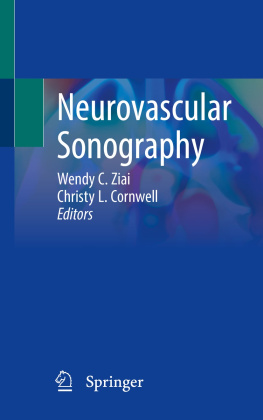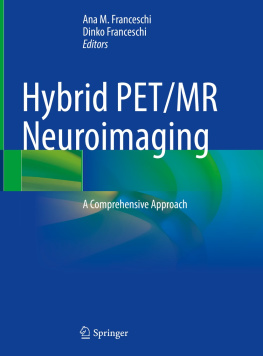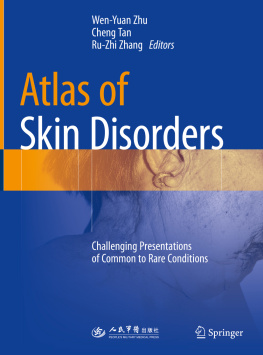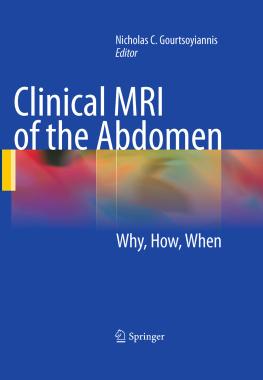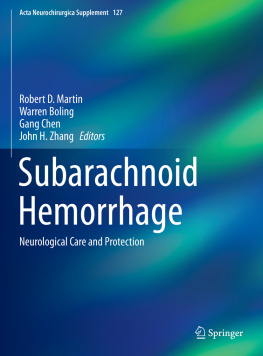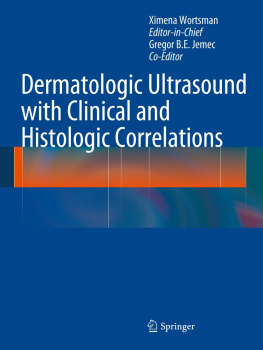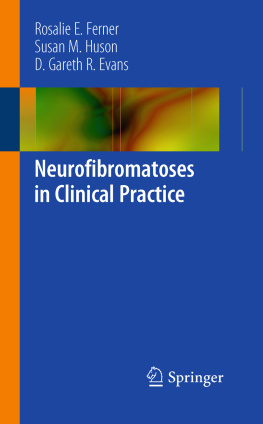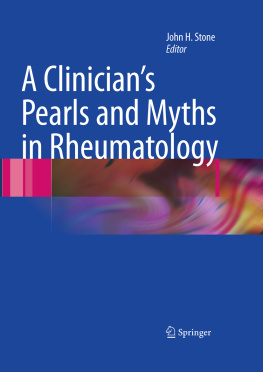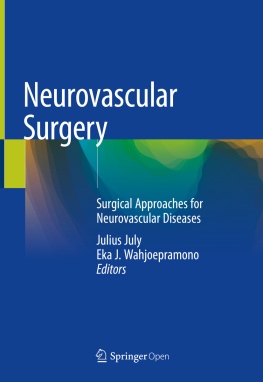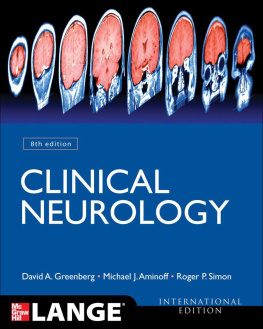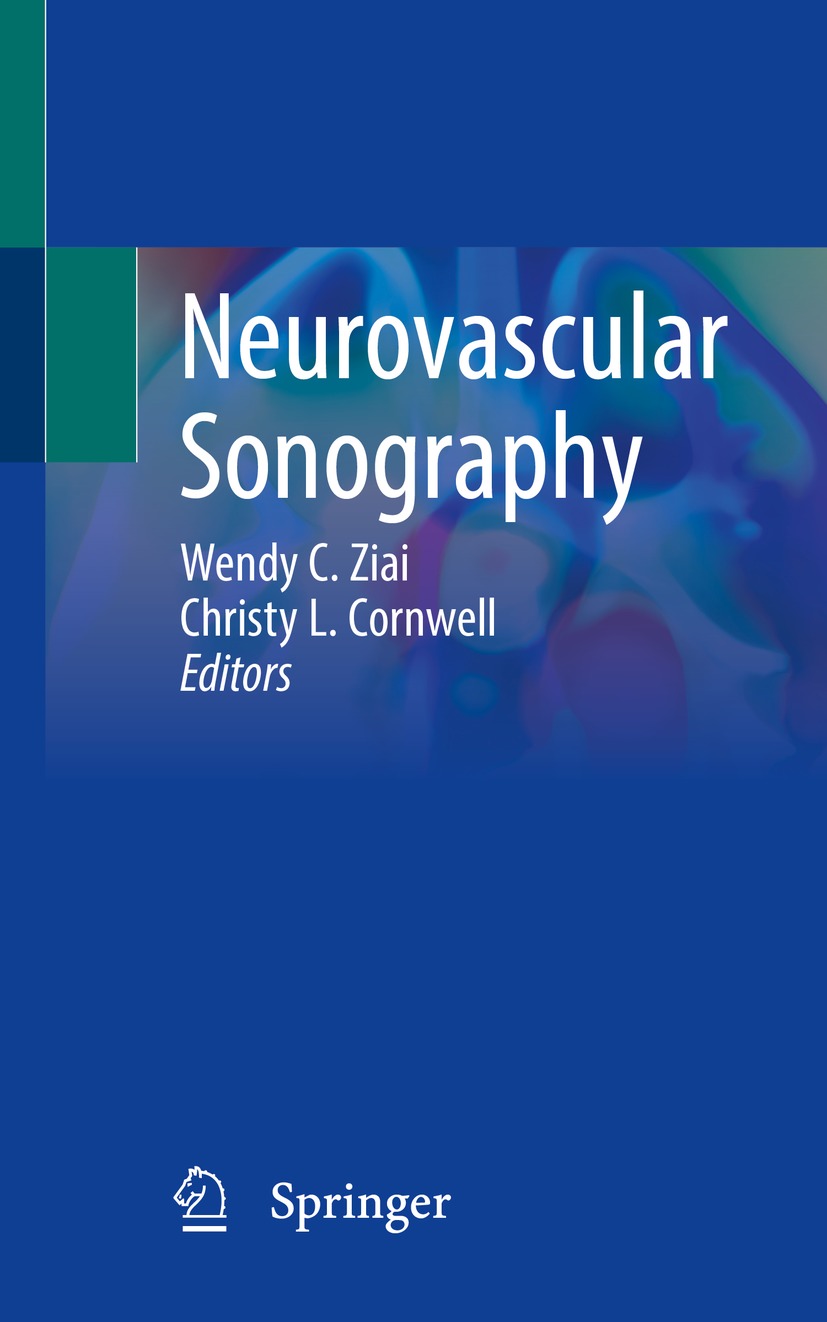Editors
Wendy C. Ziai and Christy L. Cornwell
Neurovascular Sonography

Logo of the publisher
Editors
Wendy C. Ziai
Departments of Neurology, Neurosurgery, Anesthesiology and Critical Care Medicine, The Johns Hopkins University School of Medicine, Baltimore, MD, USA
Christy L. Cornwell
Neurosonology Consultant Cardiovascular Ultrasound Services, Inc., Columbus, OH, USA
ISBN 978-3-030-96892-2 e-ISBN 978-3-030-96893-9
https://doi.org/10.1007/978-3-030-96893-9
Springer Nature Switzerland AG 2022
This work is subject to copyright. All rights are reserved by the Publisher, whether the whole or part of the material is concerned, specifically the rights of translation, reprinting, reuse of illustrations, recitation, broadcasting, reproduction on microfilms or in any other physical way, and transmission or information storage and retrieval, electronic adaptation, computer software, or by similar or dissimilar methodology now known or hereafter developed.
The use of general descriptive names, registered names, trademarks, service marks, etc. in this publication does not imply, even in the absence of a specific statement, that such names are exempt from the relevant protective laws and regulations and therefore free for general use.
The publisher, the authors, and the editors are safe to assume that the advice and information in this book are believed to be true and accurate at the date of publication. Neither the publisher nor the authors or the editors give a warranty, expressed or implied, with respect to the material contained herein or for any errors or omissions that may have been made. The publisher remains neutral with regard to jurisdictional claims in published maps and institutional affiliations.
This Springer imprint is published by the registered company Springer Nature Switzerland AG
The registered company address is: Gewerbestrasse 11, 6330 Cham, Switzerland
Foreword
Transcranial Doppler has been the forerunner neuroimaging modality long before CT scans and MRIs became the go to imaging for structural evaluation of the brain. TCDs and carotid ultrasound continue to be the doctors stethoscope for the brain, providing sophisticated physiological information about cerebrovascular hemodynamics complementing structural imaging. Over the last few years, our body of knowledge in neurosonology has dramatically expanded with the discovery of new clinical applications. This has pushed transcranial Doppler from being a technically burdensome cheaper alternative to vascular imaging into the mainstream of stroke and neurocritical care.
A decade ago, I had wandered into the neurocritical care unit as an eager fellow to begin my fellowship training in neuro critical care. Very few units had dedicated TCD programs at that time. I was curiously introduced to transcranial Doppler at the Cleveland Clinic, starting a journey leading to Wake Forest School of Medicine that has been at the forefront of neurovascular ultrasound education since 1974. As a young faculty, I had much to learn about intracranial hemodynamics and had no idea at that time how dramatically it would change my approach to evaluation of the brain in the coming years.
It has been delightful to see things changing considerably across the globe with regards to noninvasive evaluation of the brain across multiple clinical settings like intensive care, inpatient care, outpatient clinics, and perioperative monitoring. Neurovascular ultrasound has brought several clinical specialties under the same umbrella with focus towards reducing acute brain injury and secondary brain injury prevention. The use of neuroultrasound has expanded from evaluation of classical cerebrovascular diseases to critical care and other medical diseases like traumatic brain injury, sepsis, infective endocarditis, and post-cardiac arrest management. No longer is TCD viewed as a harmless distraction, but rather as a tool, which takes advantage of the major assets of ultrasound portability, cost-consciousness, and flexibility for serial examination, giving us new perspectives into mechanisms of brain injury, serving as a true window to the brain.
Most academic centers now have or want a neurovascular ultrasound program. There is a formal certification in neurovascular ultrasound allowing physicians the designation of Registered Physician in Neurovascular Interpretation (RPNI), and nonphysician providers the designation of Neurovascular Specialist (NVS). Many critical care ultrasound educational resources and guidelines now introduce neuroultrasound as a core skill for the general intensivist, encouraging further education. Our integrated ultrasound curriculum at Wake Forest School of Medicine now includes transcranial Doppler to get medical students excited about the brain and teach cerebrovascular physiology.
Neurovascular Sonography is designed to fill this important niche. It is comprehensive in scope with the objective of providing a practical reference that focuses on basic interpretation and state-of-the-art guidance for using TCD in clinical decision-making for patients at risk of brain injury. We hope this book triggers further education and investigation in your clinical evaluation since there is much to be learned about the brain through cerebrovascular ultrasound. We are indebted to the authors for facilitating this work and convey our sincere gratitude to Dr. Wendy Ziai and Christy Cornwell, BS, NVS, RVT, for leading this effort as editors.
Aarti Sarwal
Preface and Acknowledgments
Neurosonology has come of age in the era of critical care ultrasound and is now considered as a separate discipline with applications continuing to expand both for the inpatient and outpatient setting and for a wide variety of neurological conditions. Transcranial Doppler provides a unique diagnostic tool which is dynamic and complex, requiring mastery of ultrasound techniques and interpretation, but which is within the grasp of any healthcare provider who has a curiosity for how ultrasound can be used to interpret cerebral hemodynamics and improve the management of cerebrovascular disease.
This book represents the culmination of an idea originally discussed during the 2019 meeting of the Neurocritical Care Society. It was then apparent that there was no comprehensive handbook of neurosonology for clinicians that could be utilized as a bedside reference for technicians and providers. This work was initially envisioned as a true handbook, and is now condensed in an over 500 page textbook to encompass the rapidly growing volume of neurosonology information over the past few decades. Our goal is to provide a practical source of pertinent information, particularly for those beginning their investigation into this fascinating field.
We are indebted to the commitment and efforts of many professionals who contributed significantly to the completion of this book. This work would not have been possible without the dedication and love for teaching of each of our esteemed colleagues who contributed chapters to this work. We would like to especially thank Bahattin (Bobby) Ergin, RVT, for his invaluable help with illustrations and organizational tasks. We owe enormous appreciation to our publishers at Springer, particularly our editor Josephine Fabiola whose patience and support were so essential to the preparation of this book. Finally, we bestow our deepest gratitude to our spouses and children who provided continual encouragement and support and without whom this work would not have been possible.

